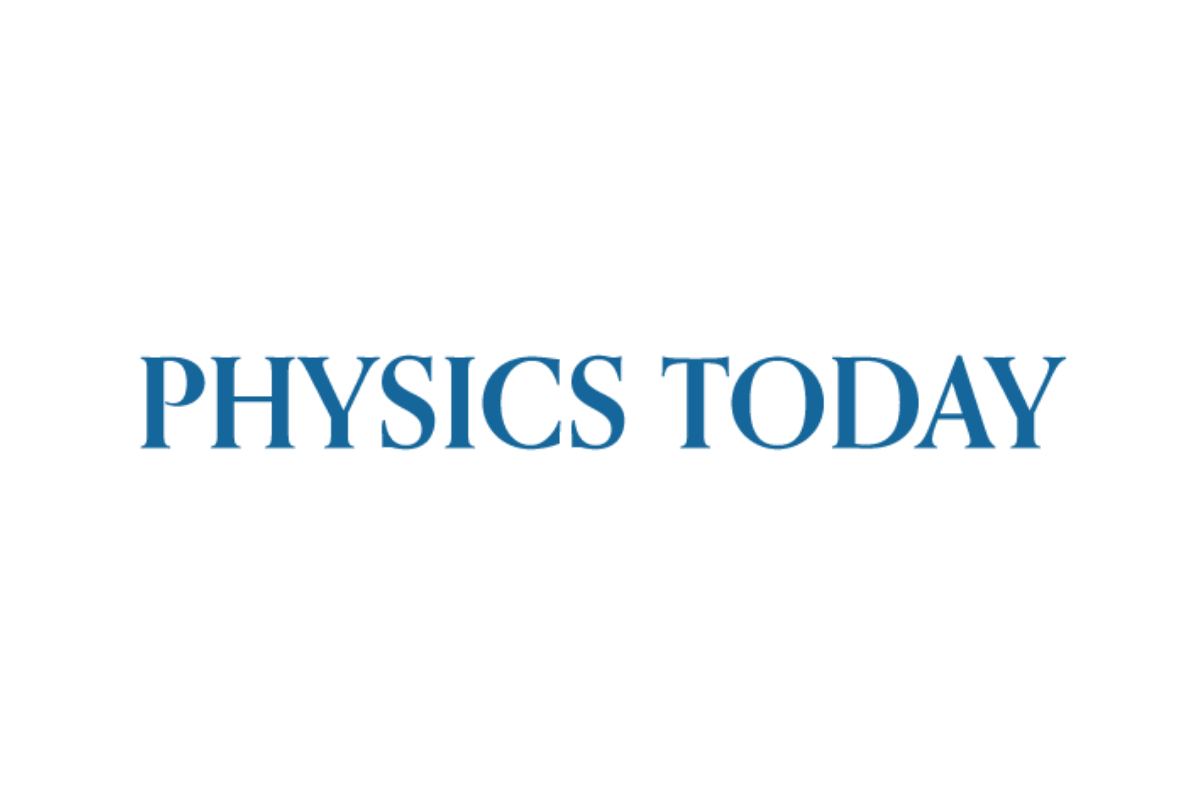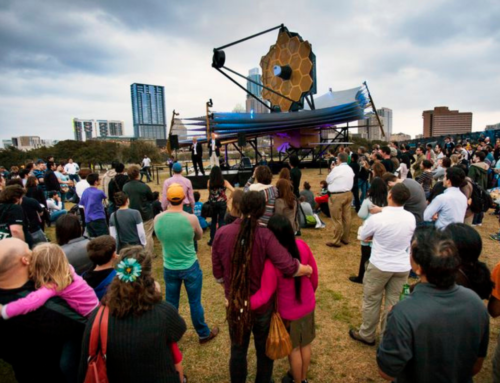Three decades after the launch of the Hubble Space Telescope, the demographics of the astronomers and astrophysicists who win observation time on the telescope have begun to change.
In response to gender discrepancies and other biases that were perpetuated by its traditional time-allocation process, the Space Telescope Science Institute (STScI) in 2018 adopted an approach to proposal reviews in which neither the applicant nor the reviewer knows the other’s identity. Evidence suggests that the Hubble dual-anonymous peer-review process, now in its fourth cycle, is reducing selection bias against women and early-career scientists.
Scientific agencies worldwide are following suit and expanding the process to diverse facilities. Over the next few years, NASA plans to implement dual-anonymous review across nearly all its programs, becoming the first federal science agency in the US to do so.
Anonymizing the process
As a result of both Reid’s study and recommendations by social scientists Stefanie Johnson and Jessica Kirk from the University of Colorado Boulder, the STScI established a working group to explore how to implement dual-anonymous peer review. “We didn’t want this to be harder for the investigators or for the referees,” says Lou Strolger, an STScI observatory scientist who led the working group. His team prepared guidelines for submitting a proposal under the new process. The biggest change was requiring that the proposer avoid taking credit for previous research, so as to avoid self-identification. Applicants would also be asked to submit a non-anonymized “Team Expertise and Background” document describing their capability to do the proposed work.












Leave A Comment